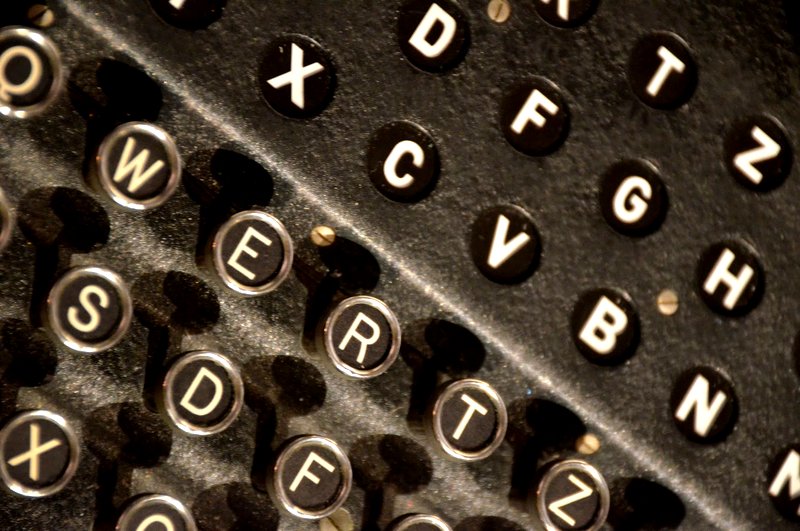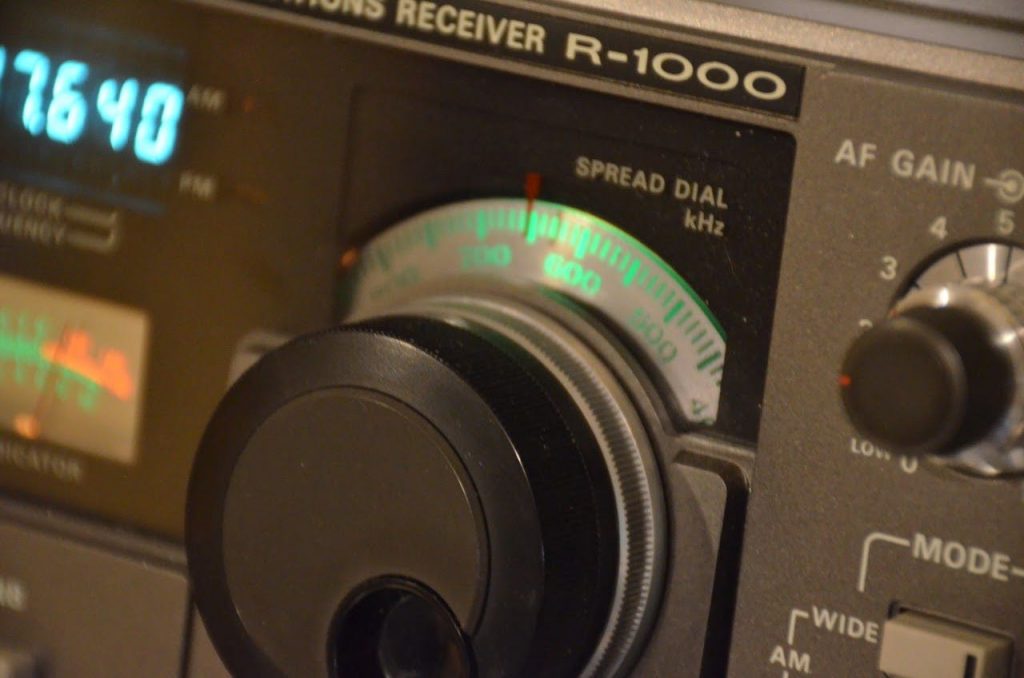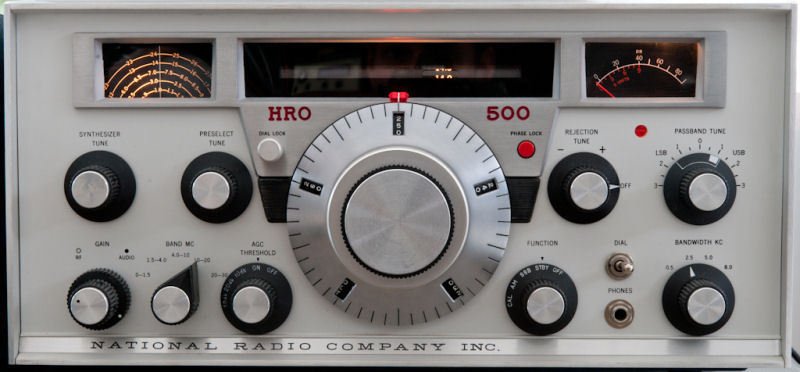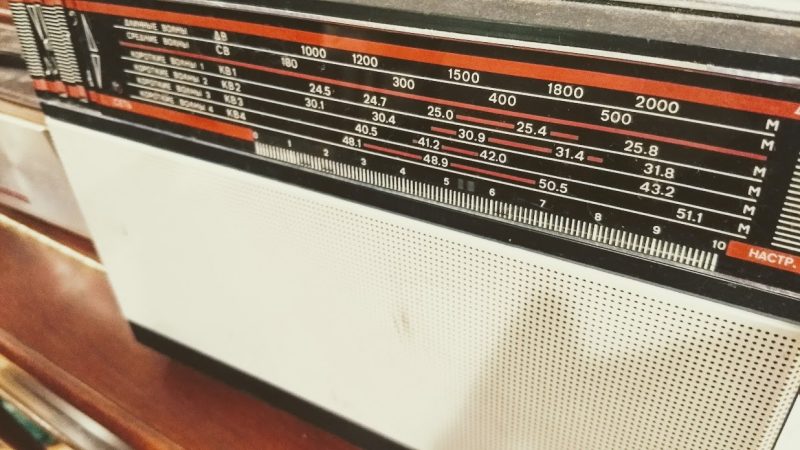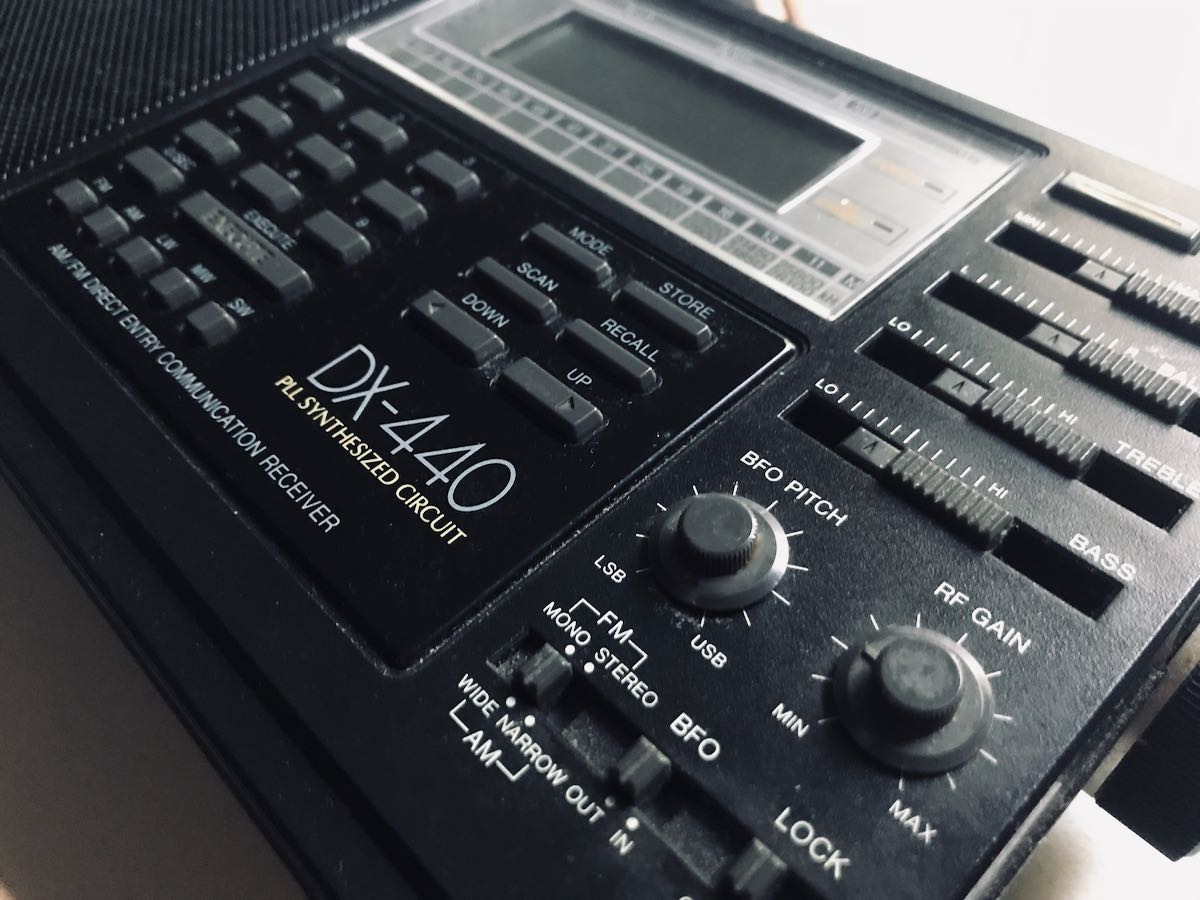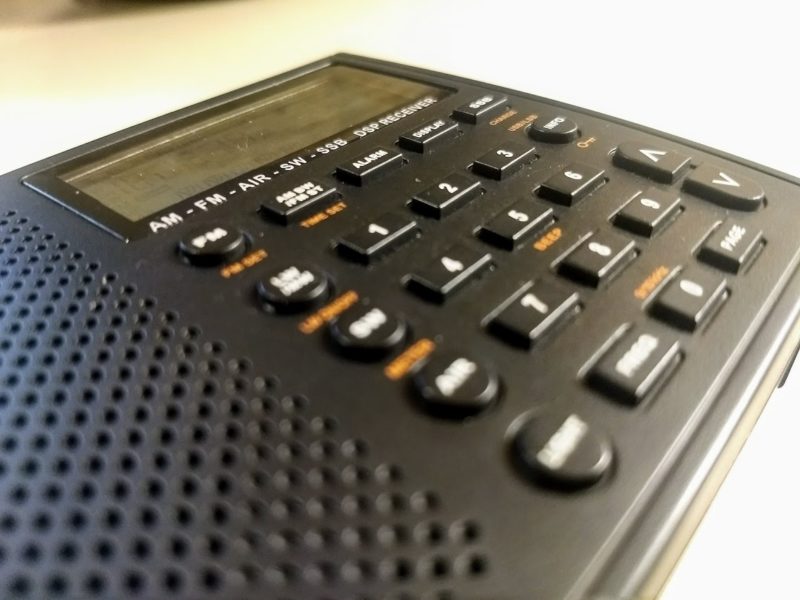Radio Waves: Stories Making Waves in the World of Radio
Welcome to the SWLing Post’s Radio Waves, a collection of links to interesting stories making waves in the world of radio. Enjoy!
Many thanks to SWLing Post contributors David Iurescia, Paul, and Andrew for the following tips:
Enigma Reloaded International Event (Enigma Reloaded)
Click here to read about this international radio event that takes place between September 29 – October 7, 2023.
Meet the Gaston County man who is the oldest living ham radio operator in the U.S. (Ham Radio World)
Gaston County resident Oscar Norris, also known by his call sign W4OXH, is turning 106 on Sept. 25.
Norris is not only the oldest living amateur radio operator in North Carolina, but according to information from the American Radio Relay League he is also the oldest living operator in the United States.
The Gaston County Amateur Radio Society and the Gaston Radio Club, both of which Norris is a long-time member, have come together to host a special airwave event for him from Sept. 20 – Oct. 1.
This event will honor Norris and his life, and will be hosted by operators in three different states, according to Gaston County Amateur Radio Society president Tony Jones.
Both on and off the air, Norris “is one of the most gentle and kind people,” a person could encounter in life, according to fellow amateur radio operator and friend, Mike Harvey. [Continue reading…]
Rti celebrates 95th anniversary with event featuring speech by President Tsai (Rti)
Radio Taiwan International (Rti) celebrated its 95th anniversary with an event featuring remarks by Taiwan President Tsai Ing-wen on Tuesday. Additional speakers included Legislative Speaker You Si-kun, Ambassador of Saint Vincent and the Grenadines to Taiwan Andrea Bowman, and Rti Chairperson Cheryl Lai.
In her speech, President Tsai said that Rti has witnessed important events in the development of Taiwan’s democracy over its 95-year history. Tsai says Rti has carried out its responsibilities from then until now by continuing to cover Taiwan’s growing engagement with the world. Tsai also said Taiwan’s ability to connect people all over the world was demonstrated by the many postcards received in various languages on display at the event. She thanked Rti for its past work and says she hopes Rti will continue to bring the voices of Taiwan to the world.
Rti Chairperson Cheryl Lai also gave remarks at the event. Lai says Rti is Taiwan’s only public media company to broadcast in 20 languages across multiple platforms. Lai says Rti has been an important channel for people in Southeast Asian countries to understand Taiwan. She says the Indonesian, Vietnamese, and Thai language services have a long history at Rti, and are important resources for Taiwan’s new immigrants and migrant workers. Lai says that Taiwan also began a Ukrainian language social media service following the outbreak of the Russo-Ukrainian war. Lai concluded by saying that as Taiwan grows more vibrant and diverse, Rti will continue to spread Taiwan’s voices to all corners of the world.
Ambassador Bowman said in her speech that reaching 95 years of service is not an easy accomplishment to achieve. She says Rti represents an excellent model for how to spread the message of democracy and peace across the globe. [Read this article on the Rti website…]
The Radio Station That Bridge Built (Nuts And Volts)
It was 1923, and radio was the phenomenon of the day. Over 600 broadcast stations were on the air, and Americans bought 100,000 receivers that year. (Sales would jump to 1,500,000 in 1924.)
This new instant mass medium flashed news of important events around the country in minutes instead of days. In addition to news, tens of thousands tuned in to hear music and learn from lecturers holding forth on their areas of expertise. A few tried to make sense of broadcast guitar or swimming lessons.
Those without radios gathered in taverns and restaurants to listen to election returns and descriptions of baseball games.
New radio owners everywhere strung wire across their rooftops to make aerials, and then puzzled out how to connect a loudspeaker to the set, along with the A, B, and C batteries the setup required. (Soon enough, “house-current” radios would come along; most of the early ones were designed to draw power from fittings screwed into lamp sockets.)
Once the radios were set up, many owners hosted “radio parties” and danced to the latest jazz music with their friends.
At the same time, the game of Bridge was sweeping the country. It had been brought to New York from England in 1893. Here, as across the Atlantic, Bridge replaced the popular game of Whist as a top pastime, and quickly spread across the nation. [Continue reading…]
I Solved One Of Shortwave Radio’s BIGGEST Mysteries! (YouTube)
Do you enjoy the SWLing Post?
Please consider supporting us via Patreon or our Coffee Fund!
Your support makes articles like this one possible. Thank you!

